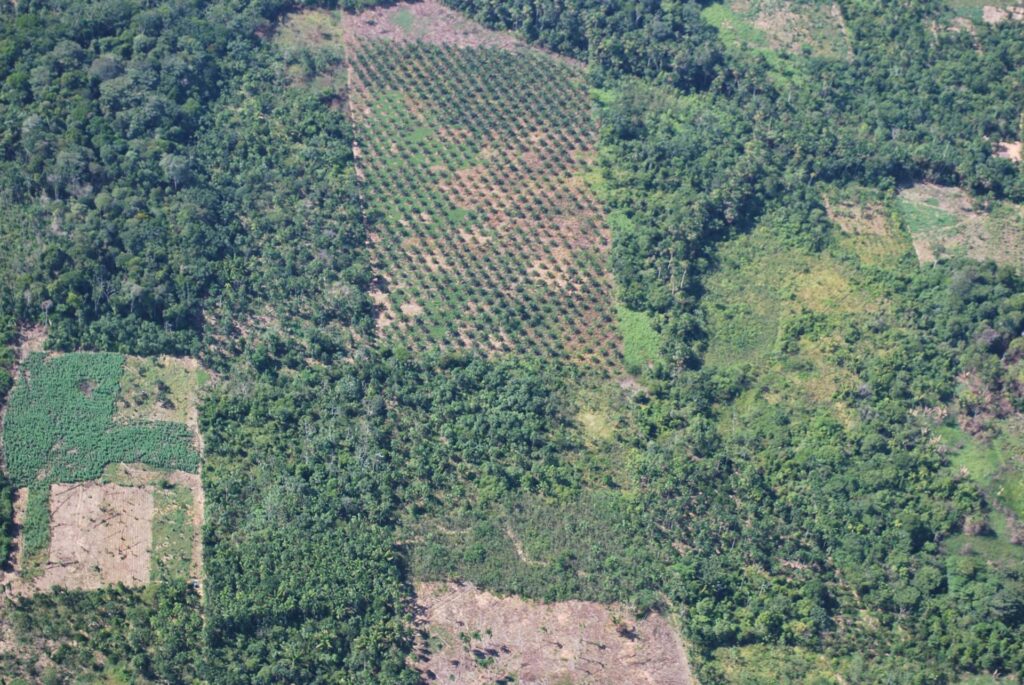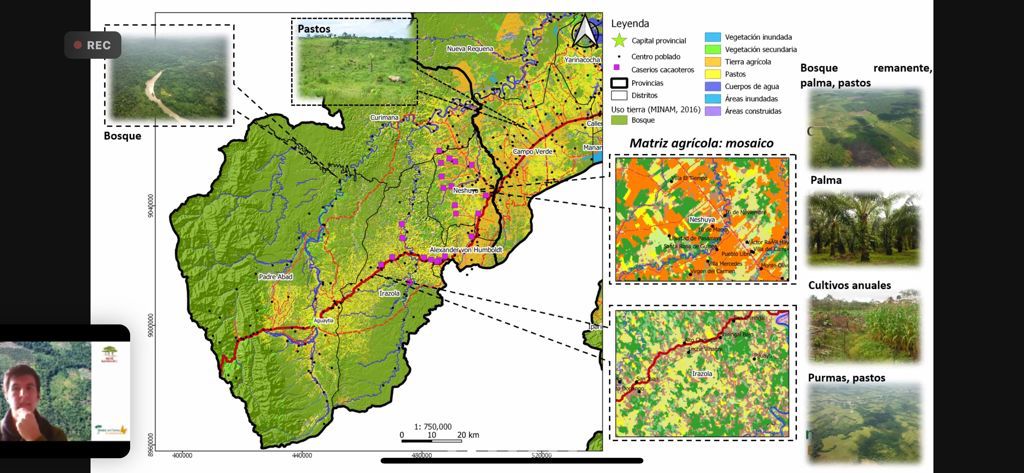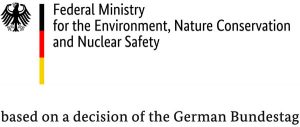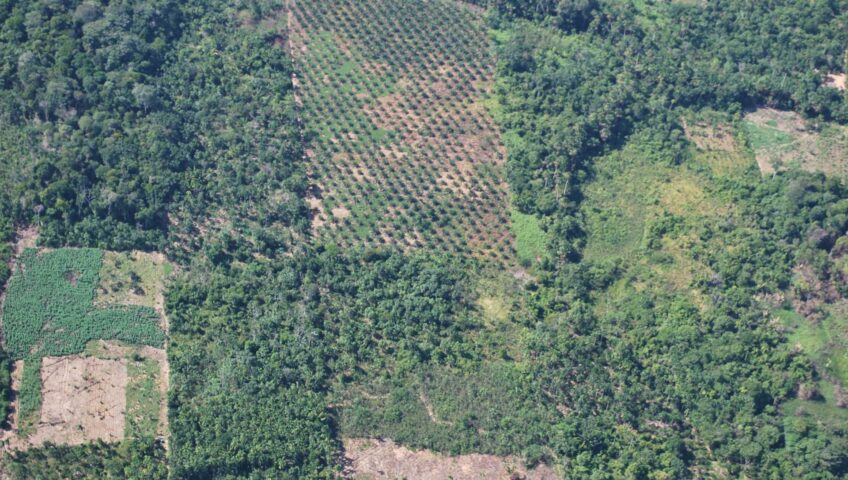
Experts gather to help the country’s readiness for the 15th Conference of the Convention on Biological Diversity.
By Alejandra Visscher
The Government of Peru is preparing to contribute to the post-2020 Global Biodiversity Framework, which will replace the Aichi Biodiversity Targets that nations agreed on in Japan in 2010. The new framework spans 10 years and will be presented in October in China during the Fifteenth Meeting of the Conference of Parties to the Convention on Biological Diversity.
To support Peru’s preparations, on 30 June 2021, World Agroforestry (ICRAF) organised a virtual meeting, Stakeholders Meeting Trees on Farms: Presentation of Progress 2020–2021, within the framework of the Harnessing the Potential of Trees on Farms for Meeting National and Global Biodiversity Targets project, known as Trees on Farms, which is funded by the International Climate Initiative of the German Federal Ministry for the Environment, Nature Conservation and Nuclear Safety.
In Peru, the Trees on Farms project team has been promoting the role of trees in farmland, providing evidence to support enhanced policies and official definitions of agroforestry to help achieve the Government’s objectives in relation to the National Biodiversity Strategy and commitments made to the Convention.
‘We seek to leverage the potential of trees in agricultural plots to achieve national and international biodiversity conservation goals,’ explained Valentina Robiglio, senior land-use systems scientist at ICRAF and project coordinator in Peru. ‘It is at the plot level that global agendas are interconnected and connect with national agendas.’
Within the new global framework, the Trees on Farms project contributes evidence to Target 9, on productivity, sustainability and resilience of biodiversity in agricultural and other managed ecosystems, and to Target 1, restoring and rebuilding connectivity of associated ecosystems.
‘After the global framework is approved, the Peruvian Government will update the National Biodiversity Strategy,’ said Roxana Solís, coordinator of biodiversity management instruments at the General Directorate of Biodiversity of the Ministry of Environment.
A multi-sectoral meeting that fosters shared work
More than 50 partners from the Ministry of Environment, Ministry of Agrarian Development and Irrigation, Rural Agrarian Productive Development Programme, National Agrarian Health Service, National Forestry and Wildlife Service and the Peruvian Amazon Research Institute participated in the meeting along with representatives of civil-society organizations working in the agricultural and forestry fields.
The Trees on Farms project team presented various models of agroforestry systems with designs that prioritised biodiversity conservation, with a range of examples from the Amazonian Region of Ucayali; identification of associated costs; and an analysis of the contribution of these models to mitigation of climate change.
A study of financial options and incentives that help the implementation of the models, led by the Helmholtz Centre for Environmental Research with support from ICRAF, was also discussed.
‘What you have just shared with us is a great opportunity to be able to shape public policies and guide them appropriately in the different areas where cocoa is produced,’ said Carmen Rosa Chávez, a specialist from the General Directorate of Agriculture at the Ministry of Agrarian Development and Irrigation. ‘We can’t have models where the same thing is done for each area because each one has its own particularities. I am sincerely grateful for the kind invitation; it is interesting to be able to carry out shared work.’
The usefulness of these studies lies in providing examples of how the management of trees associated with crops in an agricultural mosaic landscape can contribute to the conservation of biodiversity through the arrangements and components of the agroforestry models that integrate them. Trees in an agricultural mosaic, as well as providing habitat and species’ diversity in themselves, can also improve connectivity between primary forests in protected areas and other conservation areas.
‘It is very important that this information be included in the operational design of budget programmes in order to generate better benefits for the population and recover degraded areas,’ said Sara Yalle, deputy director of natural resource management of the Directorate of Natural Resources Management, Irrigation and Climate Change of the Rural Agrarian Productive Development Programme. ‘As always, you are generating very valuable information for decision making.’
Roxana Solís of the Ministry of Environment noted that, ‘We need to reflect together and the project can help us to have these spaces, to hone the precision of the concepts, to define indicators for this specific topic, because it is part of the priorities that have to be worked on at the national level. The support of the project for the country is key.’

Next steps
The Trees on Farms project team are preparing a publication for decision-makers developing the new global framework, which will share scientific evidence on the importance of trees for biodiversity in agricultural areas of the Peruvian Amazon. The General Directorate of Biological Diversity of the Ministry of Environment and the International Union for Conservation of Nature, the latter a partner in the project, are also contributing to the publication.
In parallel, between July and October 2021, the Trees on Farms project team will organise a series of ‘deep-dive’ meetings to refine the roadmap that will promote the role of agricultural land and trees in conservation, to be presented at the end of the year.
Read more
Trees on Farms for Biodiversity, Peru
Listen to the recording of the meeting
Story: Trees on farms for biodiversity in Peru
Subscribe to the CIFOR-ICRAF newsletter in Spanish to receive information on forests, trees and agroforestry.
The Trees on Farms project is part of the International Climate Initiative (IKI). The Federal Ministry for the Environment, Nature Conservation and Nuclear Safety (BMU) supports this initiative on the basis of a decision adopted by the German Bundestag.



